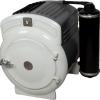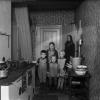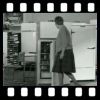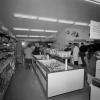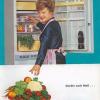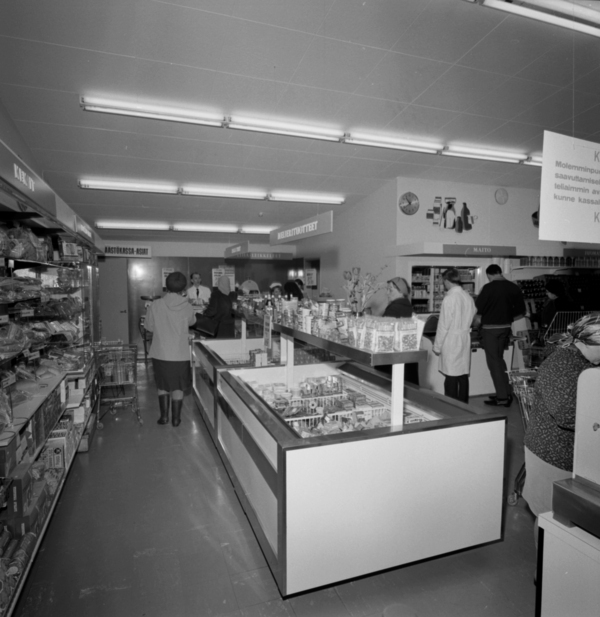The end of the chain
Home refrigerators seldom stand alone. They are the last stop in a so-called "cool chain" that starts where food is first processed and refrigerated, sent via refrigerated transport, normally requiring special railway cars or lorries, to a retailer with refrigerated equipment.
During the Second World War, nutrition experts had learned the value of fresh, perishable foods like fresh fruit and organic meats and fish for providing the vitamins needed to prevent malnutrition. The United Nations Economic Commission for Europe even set up a special task force on perishable foods to ensure that these foods could travel, even across the Iron Curtain, if necessary.
At the local level, this went hand-in-hand with new ways of selling and shopping for food. New emphasis was placed in countries throughout Europe on self-service. Shoppers picked and chose their own food, often in a pre-weighed quantity, rather than relying on a shop-keeper.
This meant that retailers, especially those who wanted to offer perishable foods from further afield in the 1960s, such as butter and pork products from Denmark or frozen fish from Norway, needed to install refrigerating equipment that would not only store food, but place it attractively on display for shoppers.
 Previous Story
Next Story
Previous Story
Next Story
How to cite this page
Alexander Badenoch, 'The end of the chain', Inventing Europe, http://www.inventingeurope.eu/story/the-end-of-the-chain
Sources
- Van der Vleuten, Erik, "Feeding the Peoples of Europe: Transnational Food Transport Infrastructures in the Early Cold War, 1947-1960." In Materializing Europe, edited by Alec Badenoch and Andreas Fickers. Basingstoke: Palgrave 2010, 148-177





